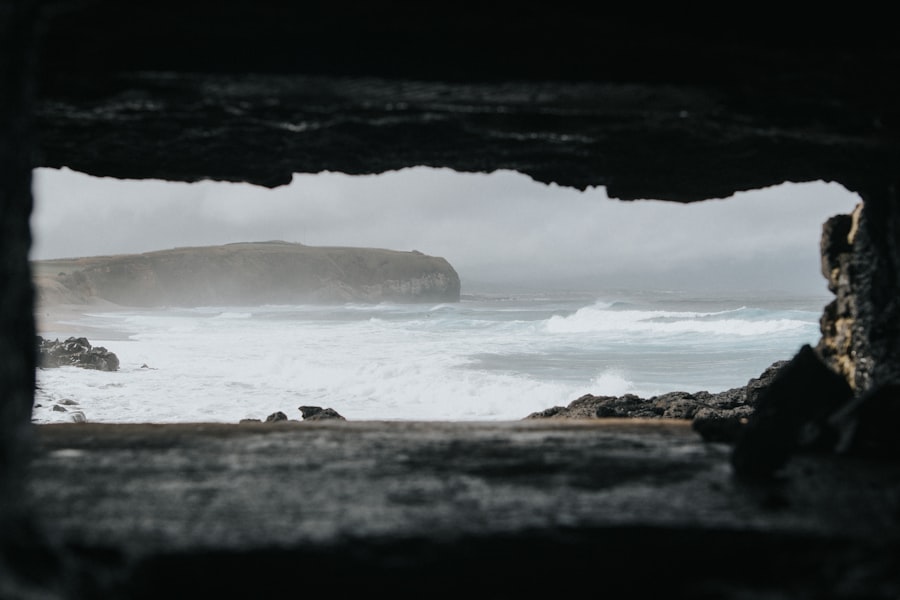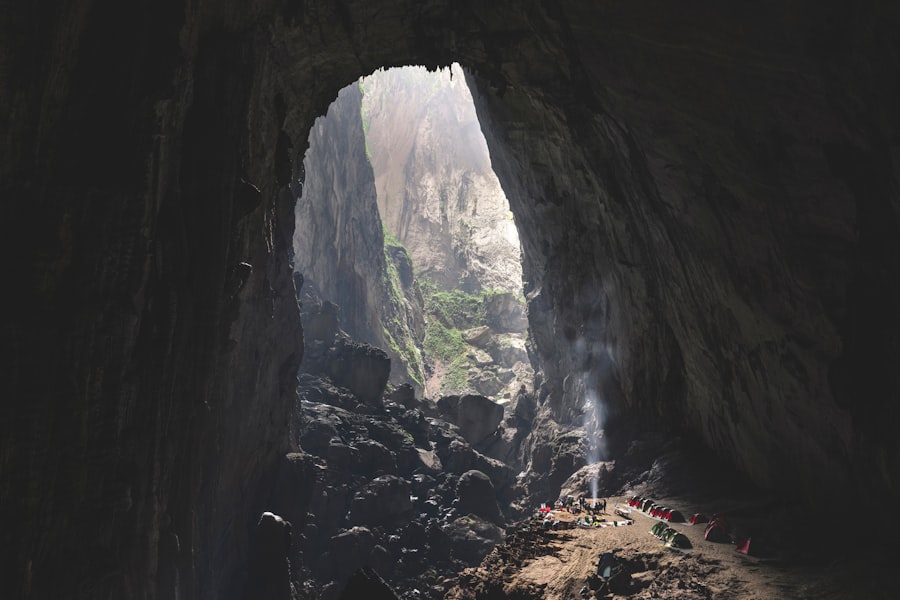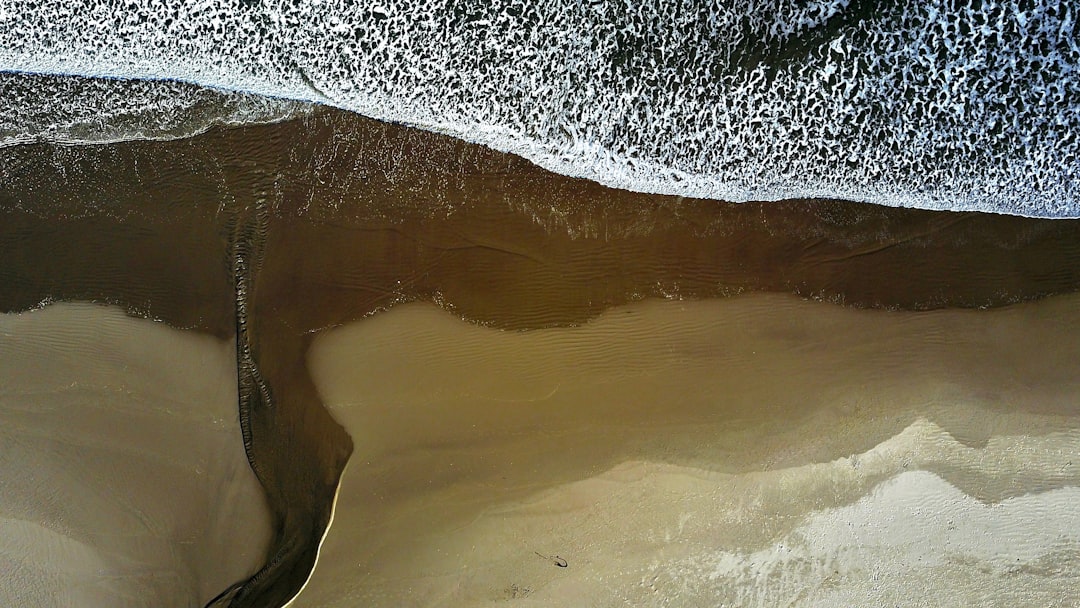The Drake Passage, a body of water that separates South America from Antarctica, is renowned for its tumultuous seas and unpredictable weather. Named after the English explorer Sir Francis Drake, who navigated these waters in the late 16th century, the passage has become a significant route for maritime travel between the Atlantic and Pacific Oceans. Stretching approximately 600 kilometers (about 370 miles) at its widest point, the Drake Passage is often characterized by its rough waters and strong currents, making it both a challenging and exhilarating experience for sailors and travelers alike.
This stretch of ocean is not merely a geographical feature; it is a gateway to one of the most pristine and remote regions on Earth. The passage serves as a crucial link for expeditions heading to Antarctica, where adventurers seek to explore the icy landscapes and unique wildlife. However, the Drake Passage is also infamous for its unpredictable nature, with conditions that can change rapidly, presenting both challenges and opportunities for those who dare to traverse its waters.
Understanding the intricacies of this passage is essential for anyone planning a journey through this remarkable yet formidable maritime corridor.
Key Takeaways
- The Drake Passage is a body of water between South America’s Cape Horn and the South Shetland Islands of Antarctica, known for its challenging weather and sea conditions.
- Understanding the weather patterns and sea conditions is crucial for safe navigation through the Drake Passage, as it is prone to strong winds, high waves, and rapidly changing weather.
- Navigating the Drake Passage requires careful planning, experienced crew, and a knowledgeable captain to ensure a smooth and safe journey.
- It is important to have an experienced crew and captain on board to navigate the challenging conditions of the Drake Passage and to ensure the safety of passengers.
- Safety precautions and emergency protocols are essential for any journey through the Drake Passage, as it is important to be prepared for any potential risks or emergencies.
Understanding the Weather and Sea Conditions
The weather in the Drake Passage is notoriously volatile, influenced by a confluence of oceanic and atmospheric conditions. The region is subject to fierce winds, often exceeding 50 knots, which can whip up towering waves that reach heights of over 30 feet. These conditions are primarily driven by the meeting of the warm waters of the Atlantic Ocean with the frigid currents from the Southern Ocean.
As a result, travelers can expect a range of weather phenomena, from calm seas to violent storms, all within a single day. Navigating these waters requires an understanding of seasonal variations as well. During the summer months, from November to March, conditions tend to be more favorable for crossing the Drake Passage.
However, even during this period, sudden storms can arise without warning. Winter months bring harsher conditions, with increased ice presence and more severe weather patterns. For those planning a journey through this passage, it is crucial to stay informed about current weather forecasts and sea conditions to ensure a safe and enjoyable experience.
Tips for Navigating the Drake Passage

Successfully navigating the Drake Passage requires careful planning and preparation. One of the most important tips for travelers is to choose the right time of year for their journey. As mentioned earlier, summer months generally offer calmer seas and milder weather, making them ideal for crossing.
Additionally, travelers should consider booking with reputable expedition companies that have experience in navigating these waters. These companies often have established protocols and safety measures in place to handle the unique challenges posed by the Drake Passage. Another essential tip is to remain flexible with travel plans.
Given the unpredictable nature of the weather, it is wise to allow for potential delays or changes in itinerary. Travelers should also familiarize themselves with their vessel’s capabilities and safety features. Understanding how the ship operates in various sea conditions can provide peace of mind and enhance the overall experience.
Lastly, maintaining a positive attitude and an adventurous spirit can go a long way in making the journey through the Drake Passage memorable.
Importance of Experienced Crew and Captain
| Metrics | Importance |
|---|---|
| Safety | Experienced crew and captain can handle emergency situations effectively. |
| Efficiency | Experienced crew and captain can optimize operations and minimize delays. |
| Customer Satisfaction | Passengers feel more secure and comfortable with experienced crew and captain. |
| Cost Savings | Experienced crew and captain can reduce fuel consumption and maintenance costs. |
The significance of having an experienced crew and captain cannot be overstated when traversing the Drake Passage. These professionals possess invaluable knowledge about the region’s unique challenges and are trained to respond effectively to changing conditions. An experienced captain will have a deep understanding of navigation techniques specific to this area, allowing them to make informed decisions that prioritize passenger safety while optimizing the journey’s enjoyment.
Moreover, a skilled crew plays a vital role in ensuring that all safety protocols are followed diligently. They are trained to handle emergencies and are well-versed in first aid procedures, which can be crucial in this remote environment. The crew’s familiarity with local wildlife and environmental considerations also enhances the overall experience for travelers, as they can provide insights and guidance on how to appreciate the natural beauty surrounding them while maintaining respect for its fragility.
Safety Precautions and Emergency Protocols
Safety should always be a top priority when navigating the Drake Passage. Travelers should familiarize themselves with safety protocols before embarking on their journey. This includes understanding emergency procedures such as evacuation routes, life jacket usage, and communication methods in case of distress.
Most reputable expedition companies conduct safety drills upon departure to ensure that all passengers are aware of what to do in an emergency situation. In addition to onboard safety measures, travelers should also consider personal safety precautions. This includes wearing appropriate clothing for cold and wet conditions, securing personal belongings, and being mindful of their surroundings while on deck.
By being proactive about safety, travelers can enjoy their experience in the Drake Passage with greater peace of mind.
Potential Wildlife Sightings

One of the most alluring aspects of traveling through the Drake Passage is the opportunity to witness an array of wildlife in their natural habitat. The waters are teeming with life, including various species of whales such as humpbacks, orcas, and minke whales that often breach the surface in spectacular displays. Additionally, seabirds like albatrosses and petrels can be seen gliding gracefully above the waves, taking advantage of the strong winds that characterize this region.
As travelers approach Antarctica, they may also encounter seals lounging on ice floes or penguins waddling along the shores. The sight of these creatures in their natural environment is often a highlight for many adventurers. To maximize wildlife sightings, travelers are encouraged to keep their cameras ready and remain vigilant while on deck.
Engaging with knowledgeable crew members can also enhance this experience, as they can provide insights into animal behavior and ecology.
Recommended Gear and Equipment
When preparing for a journey through the Drake Passage, having the right gear and equipment is essential for comfort and safety. Travelers should invest in high-quality waterproof clothing that can withstand cold temperatures and wind. Layering is key; thermal base layers, insulated jackets, and waterproof outer layers will help regulate body temperature while keeping moisture at bay.
In addition to clothing, travelers should consider bringing essential accessories such as sturdy footwear with good grip for wet surfaces, gloves, hats, and sunglasses to protect against glare from the sun reflecting off the water or ice. A reliable camera or binoculars can enhance wildlife viewing experiences, while seasickness remedies—whether over-the-counter medications or natural alternatives—should be packed as well. By equipping themselves with appropriate gear, travelers can ensure they are well-prepared for whatever conditions they may encounter during their passage.
Managing Seasickness and Motion Sickness
Seasickness is a common concern for many travelers embarking on a journey through the Drake Passage due to its notorious rough waters. To manage motion sickness effectively, individuals should consider several strategies before and during their trip. One effective approach is to choose accommodations on lower decks where motion is less pronounced compared to higher levels of a ship.
Additionally, staying hydrated and consuming light meals can help mitigate symptoms associated with seasickness. Many travelers find that ginger products—such as ginger tea or candies—can provide relief as well. Over-the-counter medications like antihistamines may also be beneficial; however, it is advisable to consult with a healthcare professional before taking any medication.
Engaging in light activities on board or focusing on stable points on land or horizon can also help alleviate feelings of nausea.
Historical Significance of the Drake Passage
The historical significance of the Drake Passage extends far beyond its challenging waters; it has played a pivotal role in maritime exploration and trade since its discovery. Sir Francis Drake’s voyage through these waters in 1578 marked one of the first recorded crossings of this treacherous passageway.
Throughout history, many notable explorers have traversed the Drake Passage in pursuit of scientific discovery or adventure. The passage has served as a critical route for whalers, sealers, and researchers venturing into Antarctica’s icy realms. Today, it remains an essential corridor for modern-day expeditions aimed at studying climate change impacts on polar ecosystems or conducting wildlife research.
Understanding this historical context enriches travelers’ experiences as they navigate these storied waters.
Alternative Routes and Transportation Options
While crossing the Drake Passage is often considered a rite of passage for those heading to Antarctica, there are alternative routes available for those who may prefer different travel experiences or wish to avoid potential rough seas altogether. One option is flying directly into research stations or cruise ports in Antarctica from South America or other locations; this bypasses the need to navigate through the passage entirely. Another alternative involves taking longer routes around Cape Horn or utilizing specialized vessels designed for smoother sailing conditions.
Some expedition companies offer hybrid journeys that combine air travel with sea voyages, allowing travelers to experience both aspects without enduring prolonged periods at sea. Regardless of chosen routes or transportation methods, each option presents unique opportunities for exploration while catering to varying preferences among adventurers.
Making the Most of the Drake Passage Experience
Embarking on a journey through the Drake Passage is an adventure filled with challenges and rewards alike. By understanding its weather patterns, preparing adequately with appropriate gear, and prioritizing safety measures, travelers can navigate this remarkable body of water with confidence. The potential for wildlife sightings adds an exhilarating dimension to this experience while connecting individuals with nature’s wonders.
Ultimately, making the most of a trip through the Drake Passage involves embracing its unpredictability while remaining open to new experiences along the way. Whether witnessing majestic whales breaching against stormy seas or marveling at breathtaking landscapes blanketed in ice, each moment spent in this extraordinary region contributes to lasting memories that will resonate long after returning home. For those willing to brave its waters, the Drake Passage offers an unparalleled opportunity for adventure and discovery in one of Earth’s last frontiers.
The Drake Passage, known for its notoriously rough seas, is a topic of interest for many travelers and maritime enthusiasts. This body of water, located between the southern tip of South America and Antarctica, is infamous for its unpredictable weather and turbulent conditions. For those curious about the frequency and intensity of these rough seas, a related article on the subject can be found on MyGeoQuest. This article delves into the factors contributing to the passage’s roughness and offers insights into what travelers might expect when navigating these waters. For more detailed information, you can read the article by visiting MyGeoQuest’s sample page.
WATCH NOW! Drake Passage: Earth’s Deadliest Waters Revealed
FAQs
What is the Drake Passage?
The Drake Passage is the body of water between the southern tip of South America and the northern tip of the Antarctic Peninsula. It is known for its notoriously rough seas and challenging sailing conditions.
How often is the Drake Passage rough?
The Drake Passage is known for its rough and unpredictable seas. It is often rough due to the convergence of the Atlantic, Pacific, and Southern oceans, as well as the strong westerly winds that circle the Antarctic.
Are there specific times of the year when the Drake Passage is rougher?
The Drake Passage can be rough at any time of the year, but it is generally considered to be roughest during the austral winter (June-August) when storms and high winds are more frequent.
What are the factors that contribute to the roughness of the Drake Passage?
The roughness of the Drake Passage is primarily due to the convergence of the Atlantic, Pacific, and Southern oceans, as well as the strong westerly winds that circle the Antarctic. These factors create a unique and challenging sailing environment.
Are there ways to mitigate the roughness of the Drake Passage?
While the roughness of the Drake Passage cannot be completely eliminated, choosing the right time of year to travel, as well as selecting a sturdy and well-equipped vessel, can help mitigate the impact of rough seas. Additionally, some travelers may choose to take medication or use other remedies to combat seasickness.
